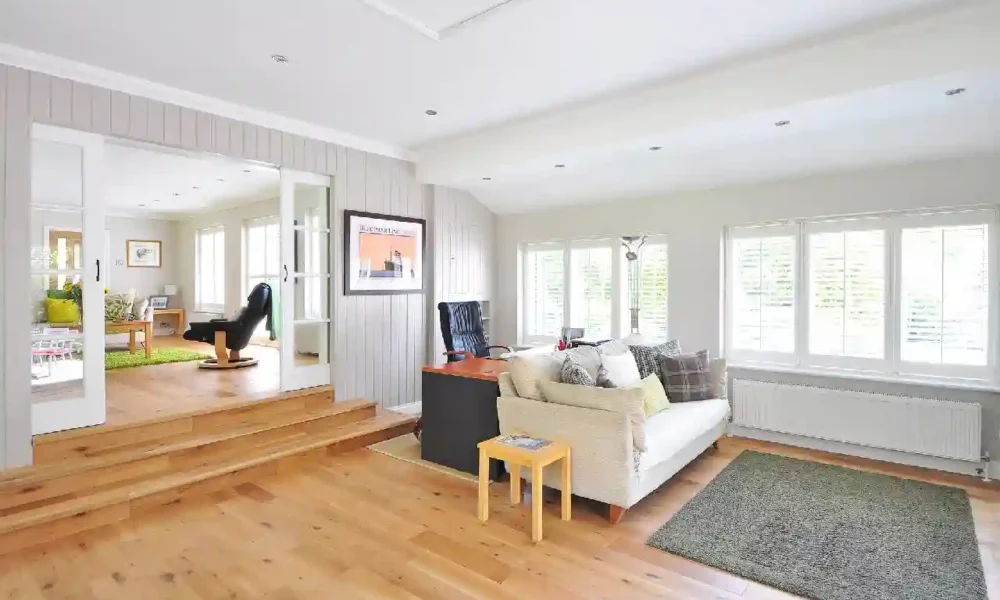Hardwood floors are a timeless choice that can add warmth and elegance to any home. However, life happens, and over time, these beautiful floors can end up with unsightly scratches and scuffs. Whether it’s from moving furniture, pet claws, or everyday wear and tear, scratches on hardwood floors can be frustrating.
But don’t worry! This guide will help you understand how to fix floor scratches and keep your floors looking pristine. Read on.
Identifying the Type of Scratch
Before you can repair a scratch, you need to identify its type. Light surface scratches are usually easier to fix, while deeper gouges may require more effort and specialized tools.
Surface scratches affect the finish but not the wood beneath it. Deep scratches, on the other hand, penetrate the wood and can be much more challenging to repair.
Simple DIY Fixes for Surface Scratches
If your floor has surface scratches, there are several quick fixes that you can do yourself. One popular method is to use a mixture of olive oil and vinegar.
Simply mix equal parts of each, dip a soft cloth into the solution, and rub it into the scratch. The oil will help to fill in the scratch, while the vinegar will clean the area. Repeat this process until the scratch is no longer visible.
Using a Wood Marker for Quick Repairs
Wood markers are another easy fix for surface scratches. These markers come in various shades to match different wood finishes.
Simply apply the marker to the scratch, wipe off any excess, and buff the area with a soft cloth. It’s a quick and effective way to make a scratch less noticeable.
The Magic of Sanding and Refinishing
For more serious scratches, you might need to sand and refinish the affected area. Start by sanding the scratch with fine-grit sandpaper, always following the grain of the wood.
Once the scratch is leveled, apply a matching wood stain and finish to blend it with the surrounding area. This method requires more work but can yield excellent results.
When to Use Wood Filler
Deep scratches and gouges often require the use of wood filler. Choose a filler that matches the color of your floor, apply it to the scratch, and then sand it smooth once it dries.
After sanding, apply a matching stain and finish to complete the repair. Wood filler is particularly useful for fixing larger scratches and holes.
Professional Help for Severe Damage
Sometimes, DIY methods just won’t cut it. For severe damage, it’s best to consult a professional. They have the tools and expertise to deal with deep gouges and extensive damage.
They can even give better floor cleaning. A professional can also offer advice on preventative measures to keep your floors looking their best.
Preventing Hardwood Scratches
Speaking of prevention, there are several steps you can take to protect your hardwood floors from future scratches. Using rugs and mats in high-traffic areas can help, as can placing felt pads on the bottoms of furniture legs. Regularly sweeping and mopping can also minimize the dirt and debris that can cause scratches.
Remove Scratches on Hardwood Floors Today
Scratches on hardwood floors are almost inevitable, but they don’t have to be permanent. By understanding the type of scratch and choosing the appropriate repair method, you can keep your floors looking beautiful for years to come. Whether you opt for simple DIY floor scratch repair or seek professional help for more severe damage, this guide has given you the tools you need repairing wood floor damage.
If you want to read more articles, visit our blog.
